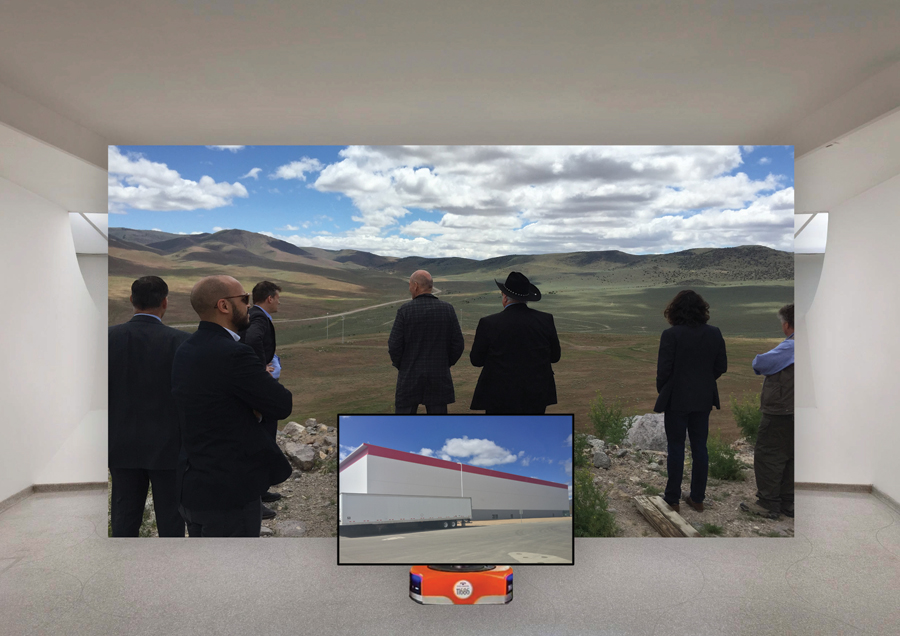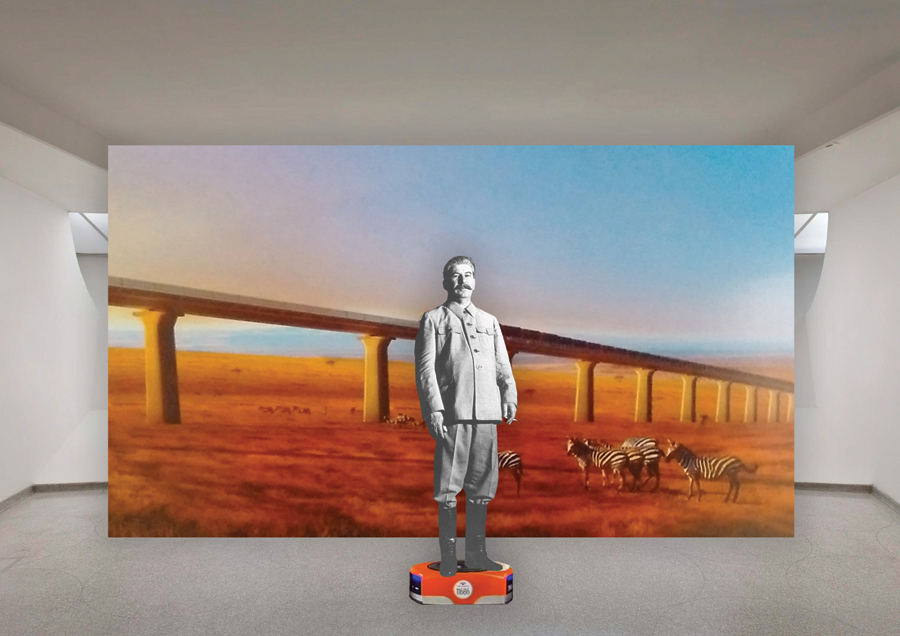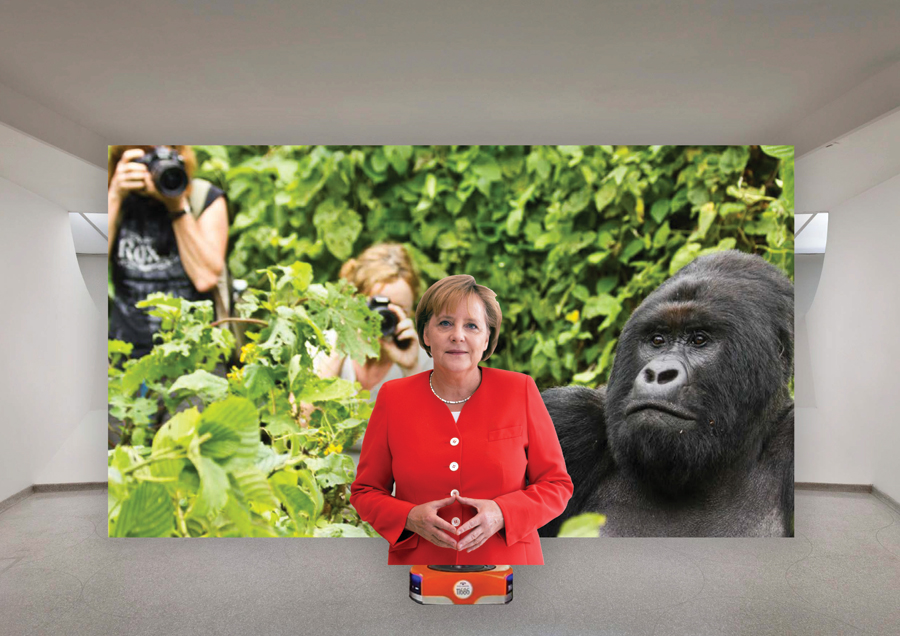Rem Koolhaas on the ‘New Rural Sublime’
As ‘Countryside, The Future’ opens at the Guggenheim, Koolhaas explains the rapid shifts occurring in rural zones
As ‘Countryside, The Future’ opens at the Guggenheim, Koolhaas explains the rapid shifts occurring in rural zones
In 2012, the United Nations Statistics Division released a statistic that had far-reaching consequences. It proclaimed that mankind was now equally divided between urban and rural populations, and it suggested that this process of urbanization would only accelerate. The 50/50 moment became the pretext for a massive focus on the city in terms of research, exhibitions, discourse – the triumphalist term ‘smart city’ was coined at the same time – and an equally pervasive neglect of the countryside.
As we now can see, this neglect had devastating effects, of which perhaps the emergence of a worldwide populism and the current waning of globalism are only the most identifiable.
Paradoxically, my own interests had been moving in the opposite direction: through regular visits to a single Swiss village – it was the sudden disappearance of cows that alerted me – I had begun to realize that, through an accumulation of discrete individual changes, the countryside was actually transforming more drastically than the city.
This awakening became, at first, a private, then a public preoccupation that, in February 2020, will lead to the opening of an exhibition at the Solomon R. Guggenheim Museum in New York. The show can be described as an inclusive investigation into what happened to those left behind, marooned in the countryside. It is conceived as a collection of zooms on specific and unique situations – in the US, Europe, Africa, the Middle East, Russia, China, Japan and Australia – that together describe aspects of the ‘new’ countryside and its new actors. Through these specific presentations, general issues are addressed. Since cities only occupy two percent of the earth’s surface, the show also raises pertinent questions around disparities in food production, energy use and digital effects.

TRIC + Tesla
Meant to accommodate machines rather than humans, datacentres, fulfilment centres and factories herald the post-human infrastructure of the future countryside. A new architecture of even bigger, mute, featureless boxes is emerging in rural areas, which is perhaps more exciting than anything we have seen since the birth of modernism in the early 20th century: a new sublime.
Courtesy: Samir Bantal (front); Tomas Koolhaas (back)

Feedlots + Anish Kapoor’s ArcelorMittal Orbit
To sustain the frivolity of city life, the countryside has been transformed into a Cartesian canvas: the city’s unforgiving infrastructural backlot.
Courtesy: Google Earth (back)

US Route 281 + FarmBot
An observation on two scales and from two perspectives. The unprecedented enormity of American agriculture around US Route 281, monitored remotely by satellites, scrapes the earth to a dusty, beige field. This contrasts starkly with the European tendency of very-near sensing, with each individual plant accounted for, coddled and nursed.
Courtesy: Bradley Kraushaar (back)

Villa di Livia + Landsat 8 Satellite
True seclusion necessitated remoteness. The lush murals of Villa di Livia, the residence of the wife of Emperor Augustus, depict the Roman countryside as both a space of intellectual production and sensuous retreat, away from the chaos and conflict of the city. Today’s remoteness is out of this world. Centimetre precision from 700 kilometres above Earth tells farmers all they need to know.
Courtesy: Painted Garden, Villa di Livia (back); NASA (front)

Kenyan Railway + Joseph Stalin
Chinese trains now cut through the Kenyan landscape as part of President Xi Jinping’s Belt and Road Initiative. Such developments force Kenya to rethink its models of growth, shedding modernism’s fixation with the megalopolis to experiment, instead, with the ‘village’ as a way forward.
Courtesy: Kenya Railways (back); Life Magazine, 29 March 1943 (front)

Nuclear Fusion Reactor + Eve
Our new creation myth is not a return to the Garden of Eden but to Promethean atomic reactions, simulating the re-creation of elements of life.
Courtesy: IPP Media (back); Peter Paul Rubens and Jan Brueghel the Elder, The Garden of Eden with the Fall of Man, c.1615 (front)

Qatar Countryside + Granger
Conflict creates innovation; David vs. Goliath. The Grangers, an organization of farmers formed in the 1860s, fought against grain transport monopolies in the US following the American Civil War. Qatar’s well-prepared blueprints for crisis enabled a record-time assembly of an air-conditioned dairy industry, changing the Qatari countryside beyond recognition.
Courtesy: Samir Bantal (back)

GEC Crater + Floating Nuclear Station
Permafrost – the hard, frozen soil – thaws, releasing potentially worse emissions than anything we currently know: enormous bubbles of poisonous methane gas are concentrating under the earth then breaking through. The acceleration of climate change is transforming Siberia in unpredictable ways, paving the path for a new nuclear industry and making this once-isolated northern territory more connected than ever before.
Courtesy: Vladimir Pushkarev (back); Reuters and Anton Vaganov (front)

Monet Hay, Money Hay
A pixelated landscape depicts hay bales in the Qatari desert. An imported dairy industry needs the best hay. Unlike Claude Monet’s romantic ‘Haystacks’ (1890–91), this is money hay, feeding Qatar’s instant farms.
Courtesy: Samir Bantal (back)

Gorilla + Angela Merkel
Designed to differentiate one area from another, the buffer zone became a space of mutation and changing inter-species rituals, as well as an unintentional model for a possible future for both the wilderness and the countryside, for human and non-human cohabitation beyond traditional Western categories.
Courtesy: Rwanda Gorilla Tours (back); Armin Linnartz (front)
‘Countryside, The Future’ is on view at the Guggenheim, New York, until 14 August 2020
This article first appeared in frieze issue 207 with the headline ‘Countryside’






















